UN Hazard classes and pictograms
| Pictogram | Class | Description |
|---|---|---|
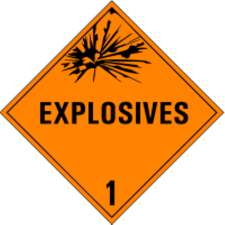 | 1 | Explosive Includes TNT, ammunition, rockets, fireworks and other explosive substances listed in the Australian Explosives Code. Contains 6 divisions to classify different blast levels. |
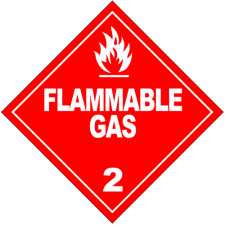 | 2.1 | Flammable gas Gas that ignites on contact with an ignition source. Includes acetylene, hydrogen, and propane. |
 | 2.2 | Non-flammable non-toxic gas Gas that is neither flammable nor poisonous. Includes nitrogen, neon, and carbon dioxide. |
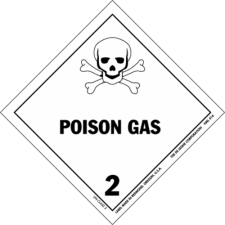 | 2.3 | Poisonous gas Gas that is liable to cause death or serious injury to human health if inhaled. Includes fluorine, chlorine, and hydrogen cyanide. |
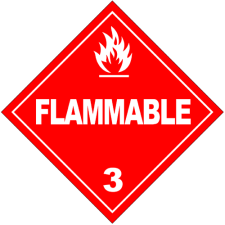 | 3 | Flammable liquid Liquid that is easily ignited by a source of ignition. Includes petrol, kerosene, diesel, turpentine and paint thinners. |
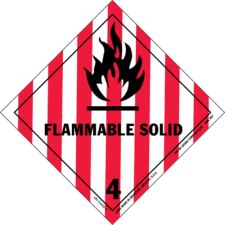 | 4.1 | Flammable solid Solid substance that is easily ignited and readily combustible. Includes nitrocellulose, magnesium, firelighters and matches. |
 | 4.2 | Spontaneously combustible solid Solid substance that can ignite spontaneously. Includes aluminium alkyl and white phosphorus. |
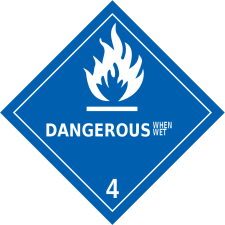 | 4.3 | Dangerous when wet Solid substance that emits a flammable gas when wet, or reacts violently with water. Includes sodium, calcium, potassium and calcium carbide. |
 | 5.1 | Oxidising agent Substance that may not be combustible by itself, but may produce oxygen which increases the risk and intensity of a fire occurring in other materials. Includes ammonium nitrate and hydrogen peroxide. |
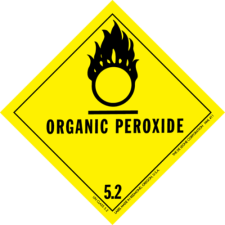 | 5.2 | Organic peroxide oxidising agent Organic peroxide, either in liquid or solid form, which may react dangerously with other substances. Includes benzoyl peroxides and cumene hydroperoxide. |
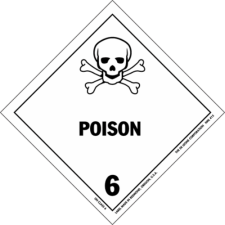 | 6.1 | Poison Toxic substance which is liable to cause death or serious injury if inhaled, swallowed or absorbed through the skin. Includes cyanide and mercuric chloride. |
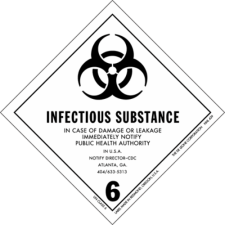 | 6.2 | Biohazard Infectious substance likely to cause death or injury if swallowed, inhaled or brought into contact with the skin. Includes bacteria, viruses, parasites and fungi. |
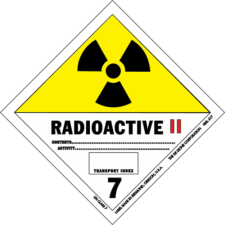 | 7 | Radioactive Substance that emits ionizing radiation. Includes uranium and plutonium. |
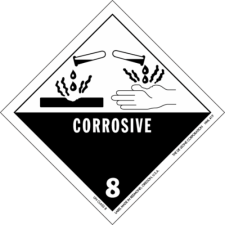 | 8 | Corrosive Substance that can dissolve living tissue or severely corrode certain metals. Includes: acids, such as sulfuric acid and hydrochloric acid, and alkalis, such as potassium hydroxide and sodium hydroxide. |
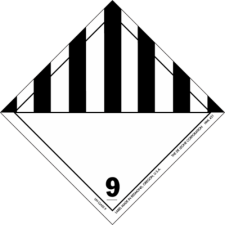 | 9 | Miscellaneous Hazardous substance that does not fall into any of the other categories. Includes asbestos, air-bag inflators and dry ice. |
Industry Network Training and Assessment Resources
© 2023 Workspace Training